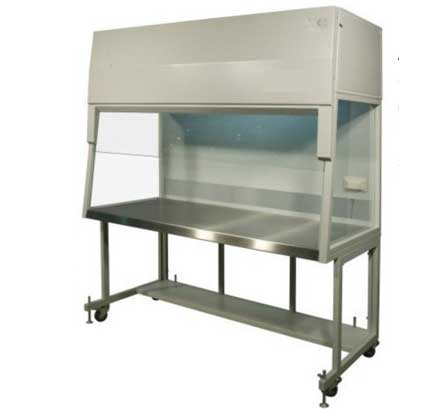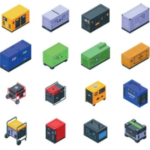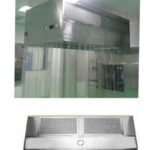
In the ever-evolving landscape of modern workplaces, the concept of an efficient and organized workspace has gained paramount importance. With the advent of advanced technologies and a growing emphasis on productivity, businesses and individuals alike are constantly seeking innovative solutions to enhance their work environments. One such revolutionary concept making waves in the realm of workstations is the “Laminar Work Stations”
Understanding Laminar Work Stations: A Paradigm Shift in Workspaces
What is a Laminar Work Station?
A Laminar Work Stationsis a workspace designed with advanced laminar airflow technology. This technology ensures that air moves in parallel layers without mixing, thanks to HEPA (High-Efficiency Particulate Air) or ULPA (Ultra-Low Penetration Air) filters. These filters remove particles and contaminants, creating a clean and sterile environment.
Key Components and Features
HEPA/ULPA Filters: At the core of a Laminar Work Station are its advanced filters. HEPA and ULPA filters trap dust, microorganisms, and other contaminants, ensuring that only clean air enters the workspace.
Unidirectional Airflow: Laminar airflow means air moves in one direction, usually from top to bottom. This minimizes the risk of airborne particles contaminating the workspace.
Sterile Work Environment: These workstations are essential in industries requiring a sterile setting, such as pharmaceuticals, biotechnology, and electronics manufacturing.
Precision Workspaces: Laminar Work Stations support tasks that need high precision, including laboratory work, delicate assembly, and cleanroom operations.
In conclusion, Laminar Work Stations offer a controlled, sterile environment crucial for precise and contamination-sensitive tasks. They enhance productivity and safety across various high-tech industries.


